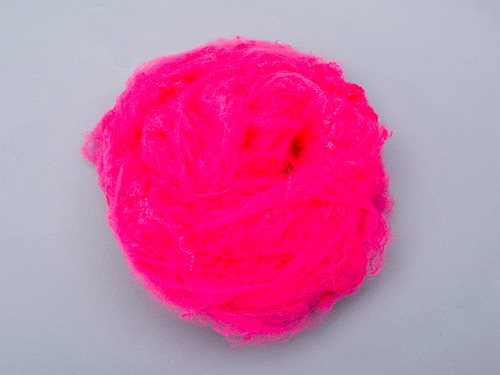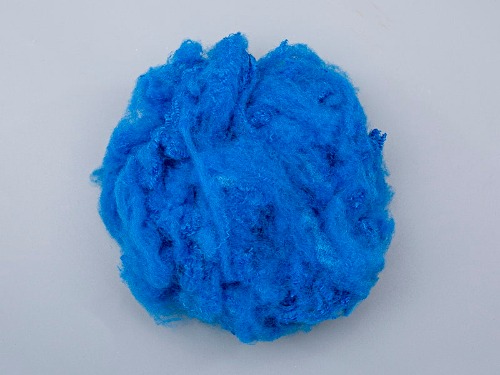 2025.05.29
2025.05.29
 Industry Information
Industry Information
Traditional textile raw materials are mostly natural fibers and ordinary synthetic fibers. Although they meet basic production needs, there are certain restrictions on durability, functionality and environmental protection. The emergence of high-performance Textile raw material has brought disruptive changes to the industry. These materials usually have better physical and chemical properties, including high strength, wear resistance, UV resistance, chemical corrosion resistance, and good breathability and warmth.
New fibers such as aramid, ultra-high molecular weight polyethylene fiber, carbon fiber and graphene reinforced materials have been widely used in outdoor sports clothing, industrial protective clothing, home decoration, aerospace and other fields. These high-performance fibers greatly improve the quality of functional fabrics through physical modification and chemical treatment, injecting new vitality into the modern textile industry.

The application of high-performance Textile raw material has laid a solid foundation for technological breakthroughs in functional fabrics. During the research and development process, the functions of the fabric are greatly enriched through the optimization of fiber structure and the integration of composite materials. Here are a few important technological innovations:
1. Multifunctional composite material technology
Modern functional fabrics often achieve a collection of multiple properties by compounding different high-performance fibers. For example, the combination of graphene reinforced fiber and polyester fiber not only gives the fabric high thermal conductivity and antibacterial properties, but also has lightweight and flexibility, which is suitable for a variety of application scenarios.
2. In-depth application of nanotechnology
Nanocoating and embedding technology enables functional fabrics to have better characteristics. By forming a nano-level protective layer on the surface of the fiber, the fabric can achieve super-hydrophobic, anti-oil and anti-static effects, while maintaining good breathability.
3. Development of intelligent materials
High-performance Textile raw material is developing towards intelligence. Smart textile materials such as embedded sensor fibers, thermally responsive fibers and photochromic fibers add dynamic adjustment performance to functional fabrics. This innovation offers new possibilities for wearable devices and personalized clothing.
Against the backdrop of sustainable development becoming a global consensus, the research and development of high-performance Textile raw material is moving towards green and environmental protection. The development and application of bio-based materials and renewable resources has become an important trend. For example, high-strength fibers and degradable composites based on plant fibers can not only meet performance requirements but also reduce the impact on the environment.
In addition, the promotion of recycling technology has enabled the recycling and regeneration of high-performance fibers in waste textiles, providing a stable supply of raw materials for functional fabrics, and achieving efficient utilization of resources.

The wide application of high-performance Textile raw material has continuously expanded the market potential of functional fabrics in many fields such as fashion, sports, medical care, and industry. Here are several directions for its future development:
1. Smart wear
With the development of IoT technology, intelligent functional fabrics will become the mainstream trend. Clothing that integrates sensors and programmable fibers not only monitors the wearer's physical condition, but also provides health advice through cloud analysis.
2. Extreme environmental protection
In extremely cold, high-temperature and corrosive environments, high-performance fabrics will play a greater role. For example, high-performance fabrics used in polar adventure suits have good thermal insulation, waterproofing and tear resistance, providing users with comprehensive protection.
3. Personalized customization
Consumers’ demand for personalized products has driven the development of functional fabrics toward customization. Through the combination of high-performance materials and advanced processing technology, multifunctional fabrics that meet different needs can be produced, thereby enhancing the market competitiveness of the products.
As the core driving force of functional fabrics, high-performance Textile raw material continues to promote the textile industry to develop in a direction of higher quality and higher value. With the advancement of technology and the deepening of environmental protection concepts, the application fields of high-performance textile raw materials will be more extensive, bringing more innovation and convenience to modern life. In the future, the textile industry needs to continue to focus on the research and development of new materials, and through the innovative application of functional fabrics, it will help the industry move towards a greener, intelligent and sustainable future.